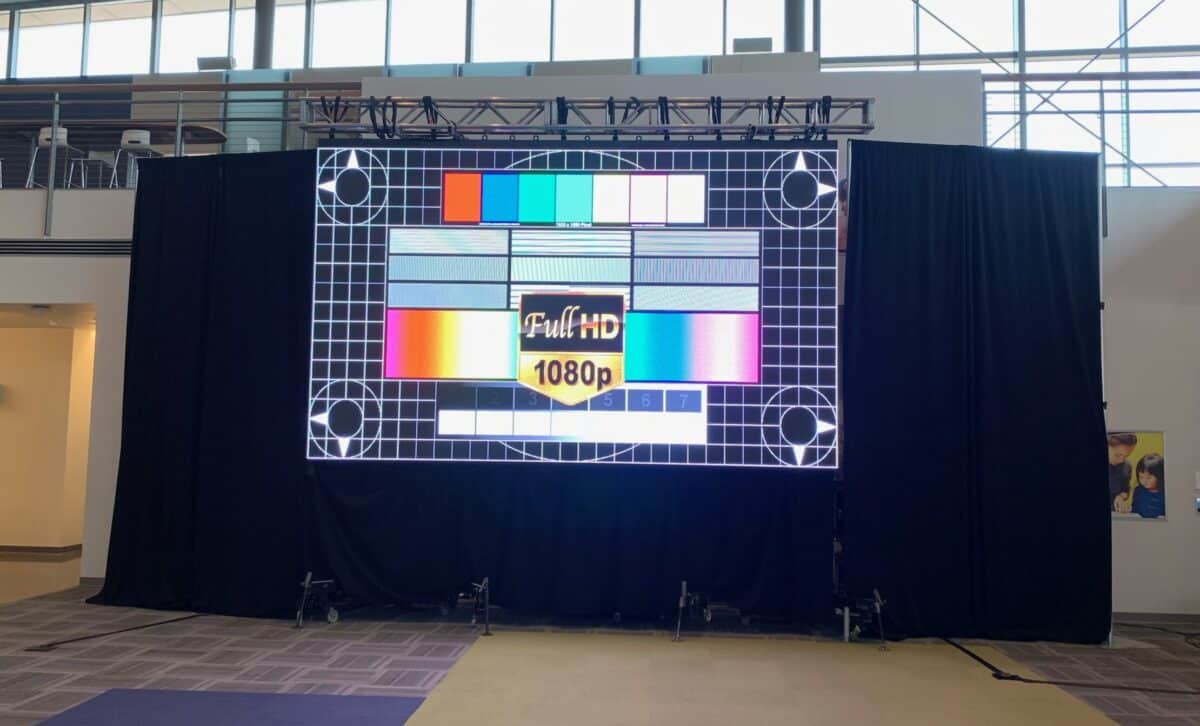LED wall screens have become more and more favored in both residential and business environments, offering an option to conventional illumination methods. These screens are thin, thin devices that utilize light-emitting diodes (LEDs) to produce light. They provide a contemporary look and can be used in multiple locations, such as workspaces, educational facilities, and homes. While LED panel screens have many benefits, it is essential to compare them with traditional lighting options, such as traditional bulbs and fluorescent lights, to understand their advantages and disadvantages.
One of the most notable benefits of LED wall panels is their energy efficiency. LEDs consume significantly fewer energy than conventional lighting sources, which can lead to lower electricity costs. For instance, an LED screen can consume up to three-quarters fewer energy than an incandescent lamp while offering the equivalent amount of light. This power effectiveness not only reduces money for consumers but also reduces the overall carbon footprint, making it an eco-friendly friendly choice. With increasing worries about climate change, many people are seeking for methods to minimize their energy consumption, and LED wall panels can be a beneficial option.
Another benefit of LED panel screens is their long lifespan. Traditional lighting solutions often require frequent changes due to burned lamps. In comparison, LED panels can last up to 25 times than incandescent lamps, and much greater when compared to fluorescent lights. This endurance means that consumers spend less time and money on maintenance and renewals. Additionally, the minimized requirement for replacements contributes to fewer environmental impact, further benefiting the eco-system. This durability makes LED wall panels a much feasible choice for both home and business operators.

Despite their many advantages, LED panel screens do have some disadvantages. One issue is the upfront expense of buying and setting up these screens. While costs have decreased over the years, LED screens can still be more costly initially than conventional illumination choices. However, it is crucial to factor in the extended cost reductions on power costs and renewal expenses when assessing the overall value of LED lighting. Some users may also be deterred by the brightness of LED lights, as see this site they can be harsher than the soft light offered by traditional lamps. Finding the right brightness and color tone can be essential for establishing a pleasant setting.
Another possible issue of LED wall panels is their reaction to temperature and humidity. High heat can diminish the effectiveness of LEDs, and extreme humidity can cause damage. This issue is particularly crucial in spaces of a building or structure where environments can fluctuate, such as bathrooms or kitchens. It is essential to choose the appropriate type of LED screen for particular settings to ensure best performance. Additionally, some people may find that the light generated by LEDs can be less pleasant than traditional lighting, leading to concerns about vision fatigue or unease in specific settings.
In conclusion, LED wall panels offer many advantages over traditional lighting options, including energy efficiency, longevity, and led video wall for immersive storytelling lowered upkeep expenses. However, they also come with some disadvantages, such as higher initial expenses and reaction to surrounding factors. As users continue to explore lighting choices, it is evident that LED wall panels can provide a modern and environmentally friendly option for a wide range of spaces. By understanding both the benefits and concerns of these screens, people and companies can make wise choices that best meet their illumination needs.